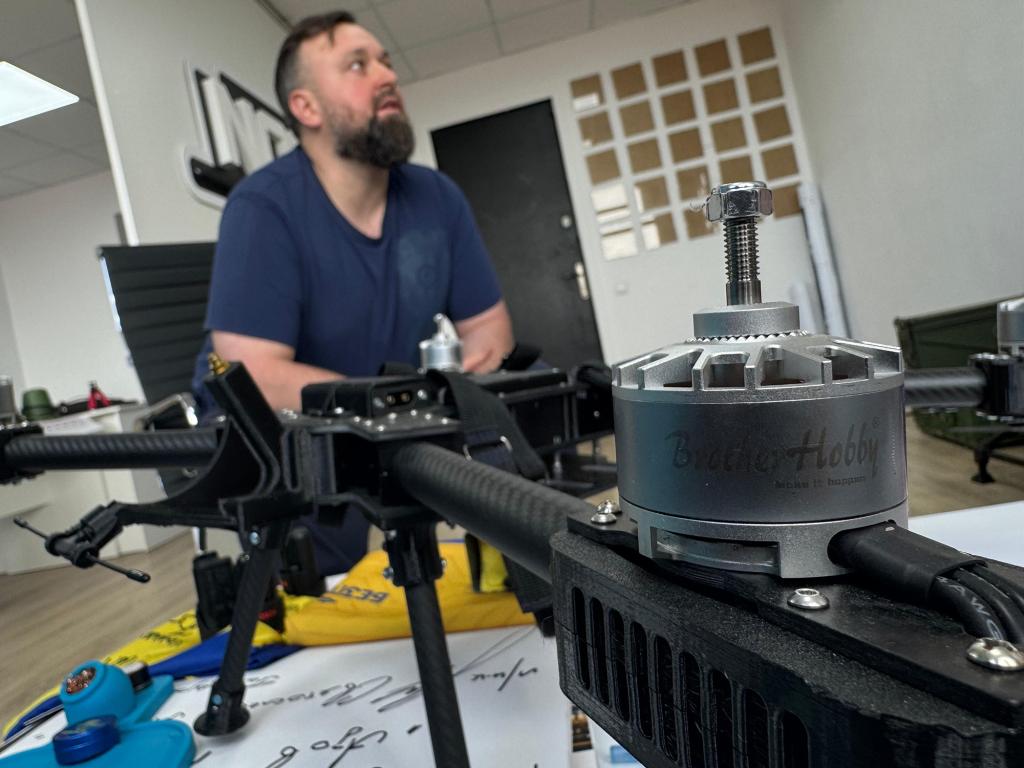NYP: How small Ukrainian factories are building drones that hunt Russian crafts — without draining millions

Ukrainian factories building drones to down Russian aircraft are changing the face of modern air defense — one low-cost interceptor at a time. On 18 July, the New York Post published a reportage about its journalists visiting two drone production facilities in Kyiv. The publication got an inside look at how Ukraine is confronting drone warfare with ingenuity and affordability.
Kyiv engineers race to scale drone interceptors
The New York Post says Nomad Drones and a second, anonymous company are leading a new surge in Ukrainian factories building drones. These interceptors are crafted specifically to neutralize Russian-launched Shaheds, which cost around $50,000 apiece. Meanwhile, Ukraine’s new models are dramatically cheaper — priced between $3,000 and $7,000, depending on type and size.
Nomad Drones co-founder and CEO Andrii Fedorov explained the concept to the NYP.
“In Ukraine, there is a phrase people have been using — that ‘quantity’ becomes ‘quality,’” he said.
According to Fedorov, deploying a $1 million missile to destroy a $50,000 drone makes no economic sense.
“If you have 20 drones, then the capacity costs you, say, $40,000 to shoot it down.”
Cost-effective jamming-proof drones
Nomad’s aircraft are designed for cost-effective lethality. Equipped with fiber-optic cables, they avoid jamming and reach enemy drones undetected by radars. Each unit carries explosives and can be detonated remotely on approach. That ability is critical against fast-moving targets like Shaheds, often launched in swarms across Ukrainian airspace.
A second firm — unnamed in the report due to repeated Russian strikes on its facility — builds a meter-long missile-style interceptors. That company continues operating despite multiple attacks.
“It’s all about cost-effectiveness,” an employee said. “Western technologies are so cool and modern — they are expensive at the same time.”
Built for war, priced for survival
The strategy centers on affordability, speed, and scalable output. Nomad Drones and others now produce tens of thousands of interceptors monthly. These low-cost systems are not meant to endure — they’re made to fly once, explode midair, and protect civilian lives.
Tis model contrasts sharply with existing Western air defense systems, which rely heavily on expensive precision strikes. With Russia launching over 700 drones in a single night last week, Ukrainian engineers have prioritized high-volume production as the only viable path forward.
Read also
-
Russia kills Ukrainian railway worker with Shahed drone in scaled-down attack
-
Russia’s drones now target civilians with napalm firebombs that burn through sand and cannot be extinguished
-
Romania wants to build drones with Ukraine—but can’t fund it before 2026
-
NYP: Trump eyes ‘mega deal’ to swap drones with Ukraine for American weapons